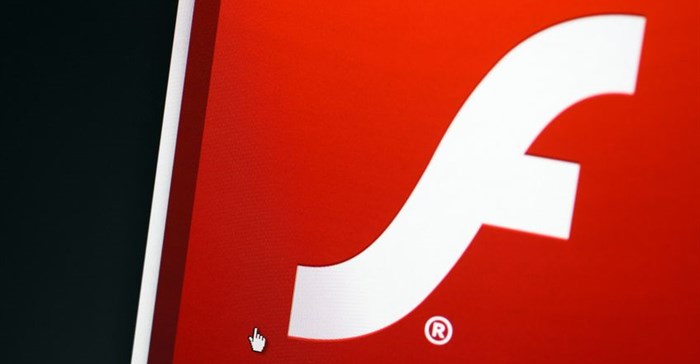#DesignMonth: What survived after Flash went nuclear?

Flash was the Model T Ford of the early web. A wonder tool that made things flash and bang in a time when browsers were clunky, inconsistent and downright unusable for anything other than forums. It was easy to use, powerful, and for ten years between 2000 and 2010 it was a crayon box in a creative desert, doing things on the web that were previously inconceivable. And all at wonderfully low bandwidth cost.
A doomed, bloated relic
But Flash has been dying steadily since 2010 when Steve Jobs penned its epitaph with his seminal ‘Thoughts on Flash’. Published on the Apple website in April of that year, it effectively vaporised the thriving Flash community and challenged the marketing landscape in general. Apple would not accept Flash on its devices and no longer would Flash be served in Apple’s vision of the web. It was a doomed, bloated relic that was being annexed by time and Jobs would see the job done.
Adobe, the maker of Flash, waged a brief skirmish with Jobs to defend its turf, and numerous commentators cried foul at Jobs and his assertions. But he had sowed the seed and the damage had been done. That article, and its refusal to grant Flash an entry ticket to Apple’s iEverything party, was the death knell.
We really should have said our farewells to Flash then. But as with many things steeped in nostalgia, Flash spluttered and lurched forward beyond its time – moving but never quite sure of its destination.
But the final signs for anyone thinking Flash still has a role to play in their marketing future are clear to see. For example, Google and Mozilla pulled the plug on Flash in July 2015, and Google announced early this year that it will stop accepting advertising made with Flash in June 2016 and ban them entirely from January 2017.
The empire has fallen
So where does that leave us? How do we get across engaging stories, animate banners and build interactive calls to action without our dear old companion Flash?
The problem in 2010, and partly why Flash stayed with us so long, is that there really weren’t very many acceptable alternatives to the WYSIWYG wonders of Flash and its user-friendly compression. Jobs may have decried Flash and its performance bloat, but the ‘open’ and ‘full’ web weren’t there yet. We still had IE 6 as a given back then for goodness sake.
But six years is a long time in digital and much has changed. Browsers have improved, internet connections are faster and more ubiquitous than ever, and mobile is here to stay. And the good news in general is that there are an increasing number of tools that can deliver Flash-like rich media experiences using the creative power of HTML5 and JavaScript.
Life after Flash
Adobe for its part has moved on to life after Flash, and has launched a number of products that embrace HTML5 and JavaScript. So much so that its release this past week of Animate CC – a hyper-modern HTML5-friendly replacement for its previous mother ship, Flash, was delivered with not so much as fare-thee-well. And Google is leading the charge to HTML5 rich media advertising with its suite of tools, including Double Click Studio and Google Web Designer.
Although, to some extent, media buyers will have to start engaging with publishers to start supporting HTML5 standard adverts. The change will be a forced one as the technology stacks start refusing Flash advertising in favour of HTML5. With this, skill sets will need to evolve and move from Flash to HTML5, and to understand its creative limits and possibilities. Cross-browser testing will be a factor again and QA teams will need to pay that much more attention to possible slip ups.
But those agencies that embrace the change will benefit from the flexibility of knowing they can run the same creative across desktop, mobile and tablet without restriction.
The King is dead. Long live the King.































